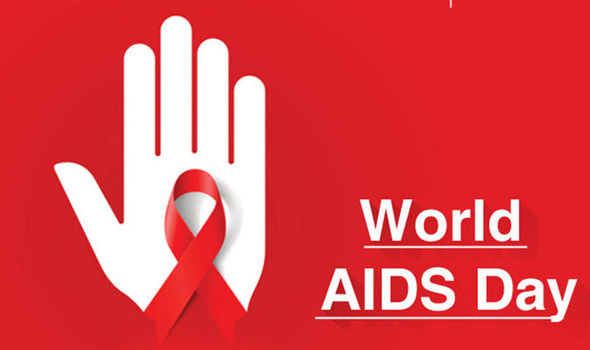As the world sees a surge in Covid-19 cases, it is important to remember that HIV is still at the corner, with its ardent challenge for communities and countries. As of 2019, around 38 million people were HIV patients. As the statistics goes on, as one in five lack awareness about suffering from HIV and one in three having HIV, face some hindrance to HIV treatments. 690000 people succumbed to death in 2019 due to HIV related causes, and as many as1.7 million people were freshly infected and it is estimated that 62 per cent of the recent infections were prominent in chief populations.
Though it has been attempted endearingly, the progress with respect to HIV services was dropping though Covid-19 pandemic hit the world. The slowed progress indicates a declining curve for the 90-90-90 targets for 2020 which ensures that 90 percent of the HIV infected should have their awareness about the condition, 90 percent of HIV infected should receive appropriate treatment and 90 percent of the people getting the treatment attained viral suppression. Delay in attaining these targets, wil make inching difficult for the WHO target to end AIDS by 2030.
With Covid-19 pandemic, the people everywhere are facing a crunch, and it is all the more difficult for HIV infected people to recieve the treatment and particularly for those comorbid with Covid-19. Presently, with time running out of our hands, we need to work collectively, to attain the WHO target of ending HIV by 2030. On World AIDS Day 2020, WHO is urging all the leaders and citizens to advocate for “global solidarity” to step beyond the challenges invoked by Covid-19 and HIV conditions. WHO aims at “Global solidarity, resilient HIV services” which synchronizes with the WHO theme for World AIDS Day. The chief actions appealed by WHO are
1. To resume the battle for ending HIV and incorporate the same in healthcare services..
2. Implementation of Innovation in HIV services for increased continuity towards HIV care and treatment
3. Strong involvement towards protection of nurses, midwives and community health workers.
4. Give the highest priority to the vulnerable youth and chief scale of populations.


